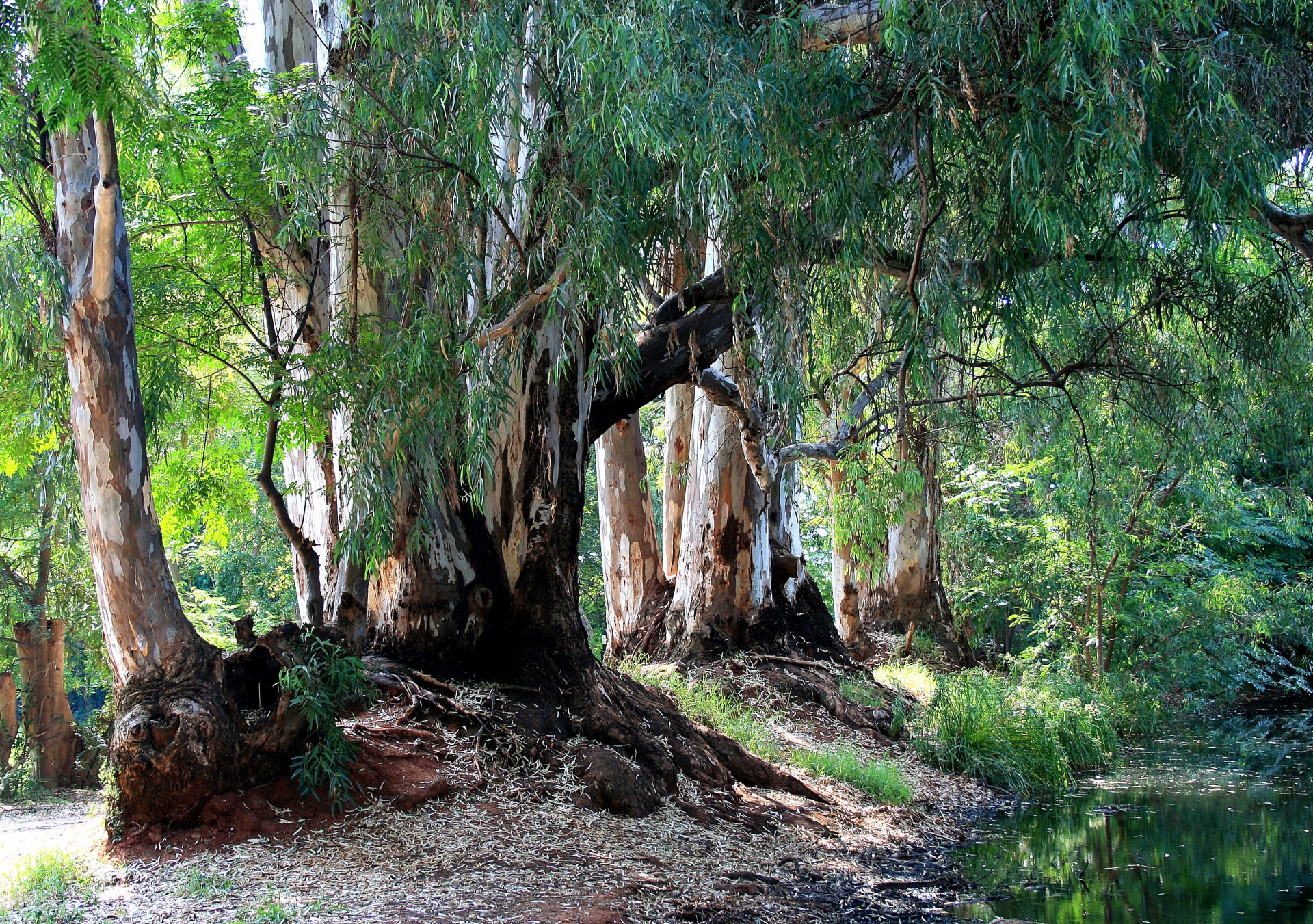
Have you ever put a potted plant under, for example, a eucalyptus and it just started to dry out? And it is that, although it is true that these trees have roots that compete fiercely with those of the others for water and nutrients, the main responsible for the death of the plant that is placed near it will be the substances that secrete the leaves of said eucalyptus.
Why? How is this called? Well, it has a name that may sound a bit curious: amensalism, and it is without a doubt something that we have to know in order to have -all- our healthy plants.
What is the definition of amensalism?
All living beings, whether we are animals, plants or microorganisms, large or small, have a strong survival instinct. We are born with it, and based on that we sometimes act in ways that may not affect others, or may affect them either positively or negatively. In the case of amensalism We are talking about a biological interaction that occurs when one organism is harmed while the other does not undergo any change, that is, that relationship is neutral.
This type of relationship can occur, as we said, in all living beings, but as this is a gardening blog we are going to focus on, how could it be otherwise, plants. Vegetable beings began their evolution more than 400 million years ago. At first they had hardly any competitors, since life had only just begun, but as time went by and more and more plants and later animals appeared, the competition has been increasing.
In order to survive they have managed very well. In fact, there are many that produce antibiotics, that is, substances that prevent, for example, a seed can germinate, or a plant can grow. Thus, when one type of plant prevents others from growing close to it, that is, when it has managed to establish itself without having competitors or very few, a population is formed. It is not only capable of producing high concentrations of antibiotics, but also of tolerating them.
How are amensalism and competition different?

In forests and jungles the competition can be very great, so often only the strongest survive.
Both terms have very similar meanings, but it is important to know how to differentiate them since they are not necessarily the same. Competition, unlike amensalism, is the fight between two organisms that want to get the same resources as the other. Therefore, both will gain benefits, but can also suffer harm.
On the other hand, amensalism is a relationship that will be detrimental to one of the parties, but not to the other.
Is allelopathy a type of amensalism?
Not quite. Allelopathy is a biological phenomenon that occurs when an organism produces biochemical substances that influence in a positive way (it is something that is known as positive allelopathy) or negatively (negative allelopathy) to others. In amensalism there will always be a part that will suffer damage.
Some of the allelochemical substances are camphor, pinene or dipentene, among others, which are produced by various plants, such as pine, mugwort or eucalyptus.
Examples of amensalism in plants
There are many plants that prevent the growth of others. These are some of the best known:
Eucalyptus

The Eucalyptus They are trees that develop fast, to the point that they can grow up to one meter per year if the right conditions are given (mild temperatures, humidity, soil rich in nutrients). But its leaves contain toxins that prevent the growth of other plants. Some say that only brambles are capable of withstanding these substances.
leucaena

Image - Flickr / John Tann
All the leucaena They are small trees and trees that look quite similar to Albizia, but unlike these, they can be 'enemies' of some plants. Specific, should not be planted near wheat and turmeric crops, since the performance of these will decrease.
Black walnut

Image - Wikimedia / Jean-Pol GRANDMONT
The black walnut trees, whose scientific name is juglans nigraThey are trees that are cultivated for their beauty, as well as for their fruits. Their growth rate is fast, and they also resist frost very well. However, produces a substance called juglone that prevents the normal development of plants to germinate and grow at a distance of less than 5 meters from the trunk.
Pine

The Pine trees They grow very fast, and have very powerful roots capable of extending several meters from the place where the trunk is located. If any crop is planted at a distance of less than 10 meters, you will end up losing it, and that's when you think it was because of the roots ... but that won't be the only reason. And is that Its leaves when falling will not only release toxic substances for the plants, but will also contribute to acidify the ground, something that will not sit well with those that only grow in clay soils (such as carob trees for example).
I hope it has been of interest to you.